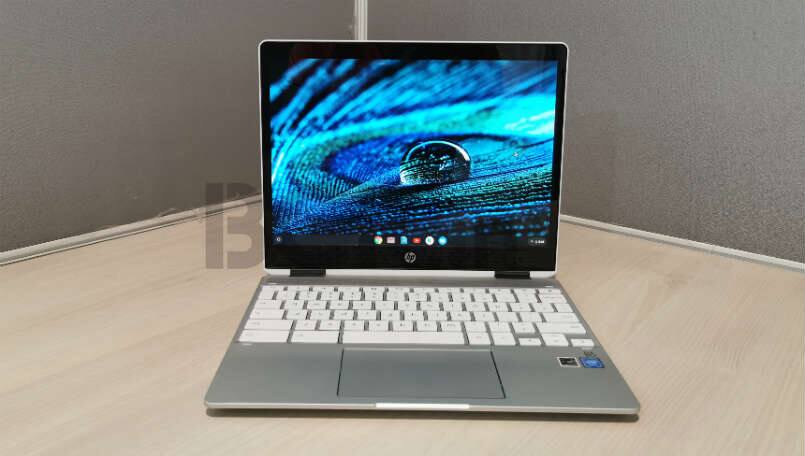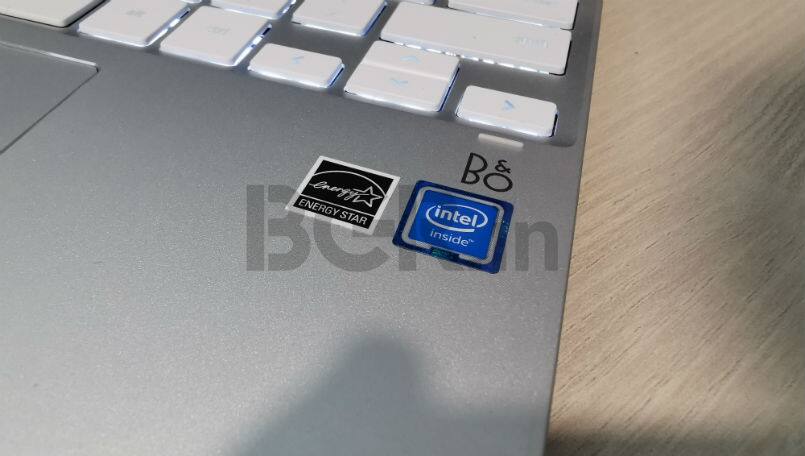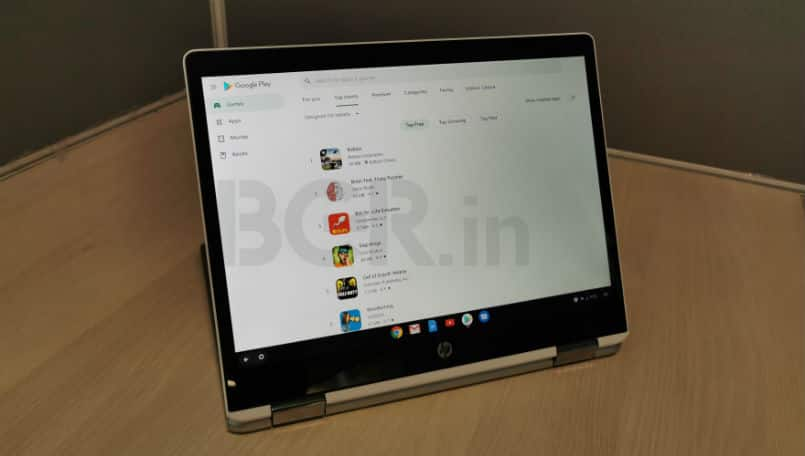Ecosystem is the biggest and most renowned fight in the tech industry. Microsoft and Apple fought for the PC market with Windows and Mac respectively. Google and Apple are fighting for the mobile market with Android and iOS respectively. While we thought the PC market fight is a long decided battle, Google thinks there is an opportunity for a third player. Its challenger is the Chrome OS, and we got a chance to test it on HP Chromebook x360. The Chrome OS is essentially the Chrome browser running programs in the form of web applications.
While Chromebooks are all the rage in the US, the product category has not really seen an uptick in India. Google has launched its own hardware in the form of Pixelbook and Pixelbook Go to promote the ecosystem. However, we have with us the HP Chromebook x360. This is one of the most accessible Chromebook yet. While Acer and Asus have dabbled with Chromebooks, HP’s offering could be a moment of reckoning for Chrome OS in India and here is why.
Why Chromebook and not Windows or Mac?
There is a reason to pick Chromebook over Windows or Mac laptops. The first and the most important reason is the always-on mobility. On the HP Chromebook x360, as soon as you open the lid, the laptop turns ON. Yes, you don’t need to click on any additional button to switch ON the notebook. The system is so aware that it eliminates one step in switching ON the system. You might wonder if it compromises the security of a system.
Well, the process only turns on the system and in order to log in, you will need to key in your credentials. To log in, you need to use a Google account and password. Alternatively, you can even use an Android Phone and Smart Lock feature to unlock the Chromebook using your phone. It’s convenient and makes you wish if every computer and mobile ecosystem worked this way.
Design and Display
Now that we have established how Chrome OS and Chromebooks are better, it’s time to learn how HP Chromebook x360 is better. The best place to start would be the design. So, since Chrome OS is basically a browser with lots of mobile chops, the mobility is built into the design. We are looking at a convertible form factor. It has a 360-degree hinge that allows the Chromebook x360 to be used in traditional laptop mode, tablet mode or tent mode.
Yes, the design makes it versatile and eliminates the need to have multiple devices for different purposes. However, it also serves from caveats seen with almost every other laptop with such convertible design. For instance, the tablet mode is not really comfortable with the keyboard clicking in the background. In other modes, the form factor still does not look promising.
However, it certainly works well in the laptop mode and also offers a solid use case in tent mode. The hinge itself looks rigid and did not show any signs of wearing down after some use. The whole construction looks reliable and there is even a decent set of ports. There are two USB Type-C ports also acting as power delivery and DisplayPort. There is also a standard USB Type-A port, a headphone/microphone combo and a microSD card slot.
This is definitely not the best port selection on any laptop right now. It is better than what you see even on some premium laptops. There is a 12-inch display with HD+ resolution of 1366×912 pixels. The display is definitely not the best with colors tending to have a yellow hue to it. It is also prone to reflection bouncing off from the screen and making it difficult to view under a bright light. While the 3:2 aspect ratio is a delight for reading, the display panel itself could have been better.
Performance
When it comes to Chromebooks, the base processor matters but it does not underpin the performance on the go experience. That is still harbored by Google Chrome and your internet speed. If you are planning to get a Chromebook for doing things like completing assignments, writing project reports or editing this article, then HP Chromebook x360 with Intel Celeron N4000 should suffice. This model also comes with 4GB of RAM and 64GB eMMC storage.
While Google Chrome can be a performance hog on Windows or Mac, the same did not hold true here. I had absolutely no problem juggling between dozens of tabs on Chrome. My workflow also involves multiple webpages of BGR India open, alongside analytics and several Google Docs and Sheets tabs. I did not see any slowdown or lag while switching between these tabs. I also had Spotify and Slack always running in the background.
Somehow, Google Chrome manages to keep all of those webpages fresh while Chrome OS keeps those apps ticking. It was a surprise realization for me that I could work from a Chromebook in a much more efficient way. For the record, my work HP ProBook 440 G5 powered by 7th gen Intel Core i5 takes more than 10 minutes to boot all of the background services. Honestly, I cannot run Slack or Microsoft Teams in the form of an application. I have to use web versions of those applications. Also, it takes a serious toll on the processor and the browser if I breach the limit of 12-15 browser tabs.
When compared to that machine, HP Chromebook x360 is doing really well. I also get battery life between six and 10 hours on a single charge, which means I can get through the work day even if I forget the charger at home. One issue that is likely to affect a lot of us is the slow read and write speeds of the storage. At a time when Qualcomm is promoting always on always connected PCs, the Chromebook x360 embodies that idea of always on a computer. There is a power button on the left side and I hardly ever used it to turn on the machine. To turn off, you click on the software key on the screen. This is one non-serious, almost-fun computer that can also get things done.
Software
Let’s face it. The Chrome OS is not Windows or macOS and thus it is not a really good desktop operating system. For instance, I cannot enroll this machine on our office network because it lacks some necessary applications. I also cannot live with peace that there is a program for whatever I need to do on my desktop. You can find an app or a program for any and everything on the Mac and Windows. On Chrome OS, it is a win or lose situation and one you should experience.
As I said before, the Chrome OS is essentially a Chrome browser running web applications. So, if your life revolves around Google applications, then you will appreciate this system. The desktop does not get crowded with icons and instead there is a shelf at the bottom to keep all your applications. This shelf works similar to a taskbar on Windows and dock on the Mac. You can change its position from the bottom of the screen to top, left or right.
The Chrome OS initially was so restricted that you could do anything without an active internet connection. While internet is still necessary for Chrome OS to work, it is not mandatory. Since it combines elements of Chrome browser with Android, you can connect your phone and tether internet effortlessly. HP should have given an option for eSIM to get most out of this machine. In order to get applications, Google is relying on the Play Store. Yes, the Chrome OS runs Android apps and does a shoddy job. Most of the basic applications like the aforementioned Slack and Spotify worked fine. But they work like mobile applications and not desktop applications. I never found it intuitive to touch or navigate using the trackpad.
The interface of Spotify is so boring that you wonder if you are looking at a 12-inch screen or a 6-inch mobile screen. Google has been refining this experience but it is still a very, very slow development. You will be able to find some of the applications that you want for work or fun. The only thing to know is that you are getting mobile apps to work in a desktop environment. So, it will neither be intuitive nor efficient in any way. This is probably the reason why Chromebook is doing well in the education market where G Suite apps are popular.
HP Chromebook x360: Quick Notes
Before I tell you whether you should buy the HP Chromebook x360, I want to make a few quick observations. The keyboard on this laptop is good. It has decent travel and you will get used to it real quick. However, the form factor is so tiny that you might find it cramped after a while. The trackpad is small but gestures and scrolling actions worked well. The Bang & Olufsen tuned audio performance is also among the best in a laptop of this size. HP has got the basic hardware right with this Chromebook.
Verdict: Should you buy?
So, the decision to whether to buy this HP Chromebook x360, depends on whether you can trust Chrome OS. For someone like me, Chrome OS is a godsend user experience. I wrote this review first on Google Docs and then pasted it on our CMS. In order to keep track of my work, I use Google Sheets. I communicate with my colleagues using Slack and listen to music or podcasts on Spotify. All of those things can be done on a Chromebook without any issue.
However, if you are someone who wants to use Adobe Lightroom for touching your RAW photos. Or say you want to do some rendering or graphics intensive work, the Chrome OS neither has applications nor has hardware. I was using a Chromebook for a really long time. While I am walking away impressed, I’m also cautious about this ecosystem. There is a possibility that it’s slow development process is putting strain on its ability to compete against Windows and Mac.






